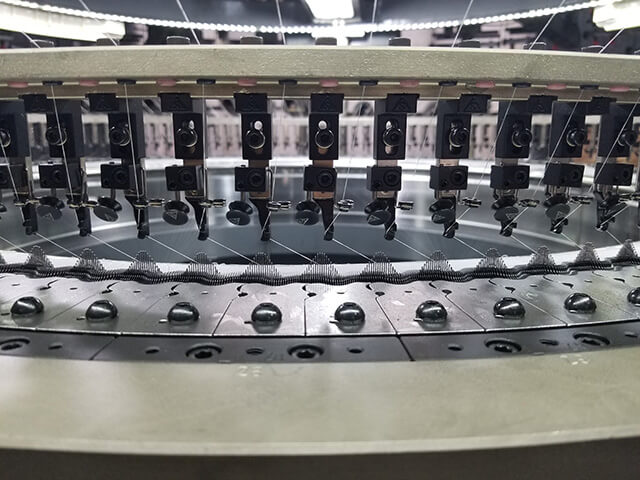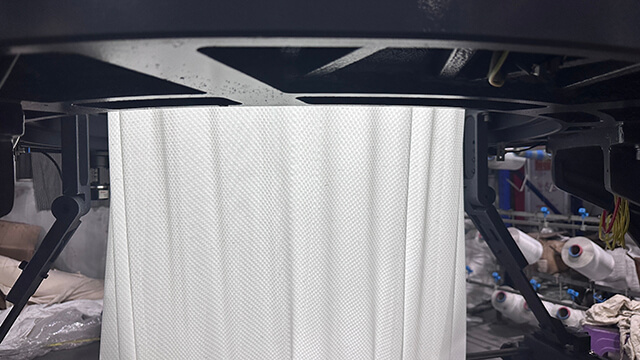
1. Yarn Feeding. 2. Stitch Formation. 3. Pattern Programming. 4. Size and Shape Customization. 5. Seamless Construction. 6. Quality Control. 7. Speed and Efficiency. 8. Data Storage and Analysis. Conclusion....
Introduction. 1. Define Your Requirements. 2. Research Different Brands and Models. 3. Consider Machine Features. 4. Assess Production Capacity. 5. Examine Machine Durability. 6. Consider Cost and Return on Investment. 7. Seek Recommendations and Testimonials. 8. Request Machine Demonstration. Conclusion....
Early Manual Knitting Techniques. Invention of the First Automatic Knitting Machine. Integration of Electronic Controls. Introduction of Computerized Knitting Machines. Advancements in Material Handling and Yarn Control. Incorporation of Seamless Knitting Technology. Transition to Industry 4.0 and Smart Manufacturing. Conclusion...
1. Fashion Industry. 2. Sports Apparel. 3. Uniform Manufacturing. 4. Children's Apparel. 5. Luxury Knitwear. 6. Eco-Friendly Production. 7. Small-Scale Production. 8. Custom Knitwear. Conclusion....

1. Regular Maintenance: Proper maintenance and cleaning of the machine are essential to ensure optimal performance and prolong its lifespan. 2. Safety Measures: Operators should st...

Three Thread Fleece Circular Knitting Machine Product Description: The Three Thread Fleece Circular Knitting Machine is a versatile and efficient knitting machine designed specifi...

This machine is designed for high-efficiency production of double-sided knit fabrics. With a 24-gauge needle system, it offers fine, high-density knitting suitable for smooth and elasti...
The 36-Inch 32G 108F Double-Sided Knitting Machine is a state-of-the-art textile machine designed for high-quality, double-sided knitted fabric production. This machine is ideal for p...
Key Features: 32-Inch Diameter: The 32-inch diameter allows for large production volumes, making it ideal for manufacturing sweatshirts, hoodies, and other casual wear. Prov...